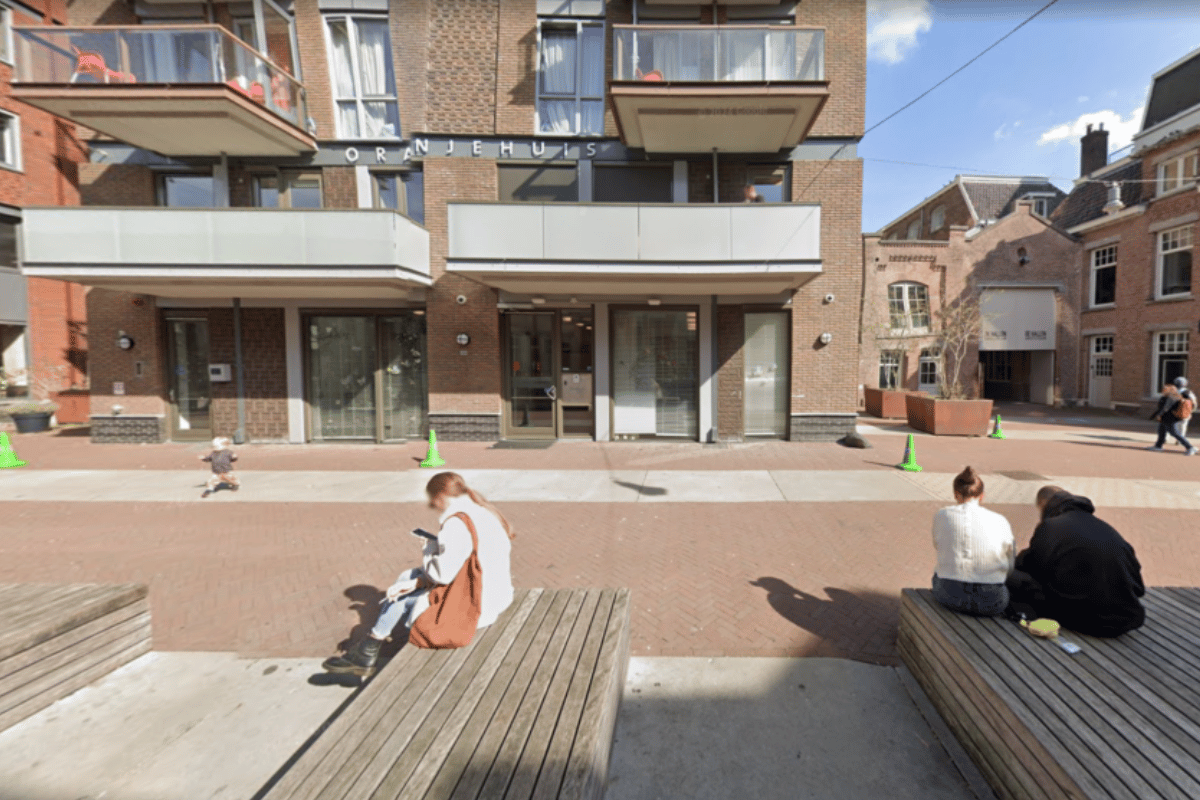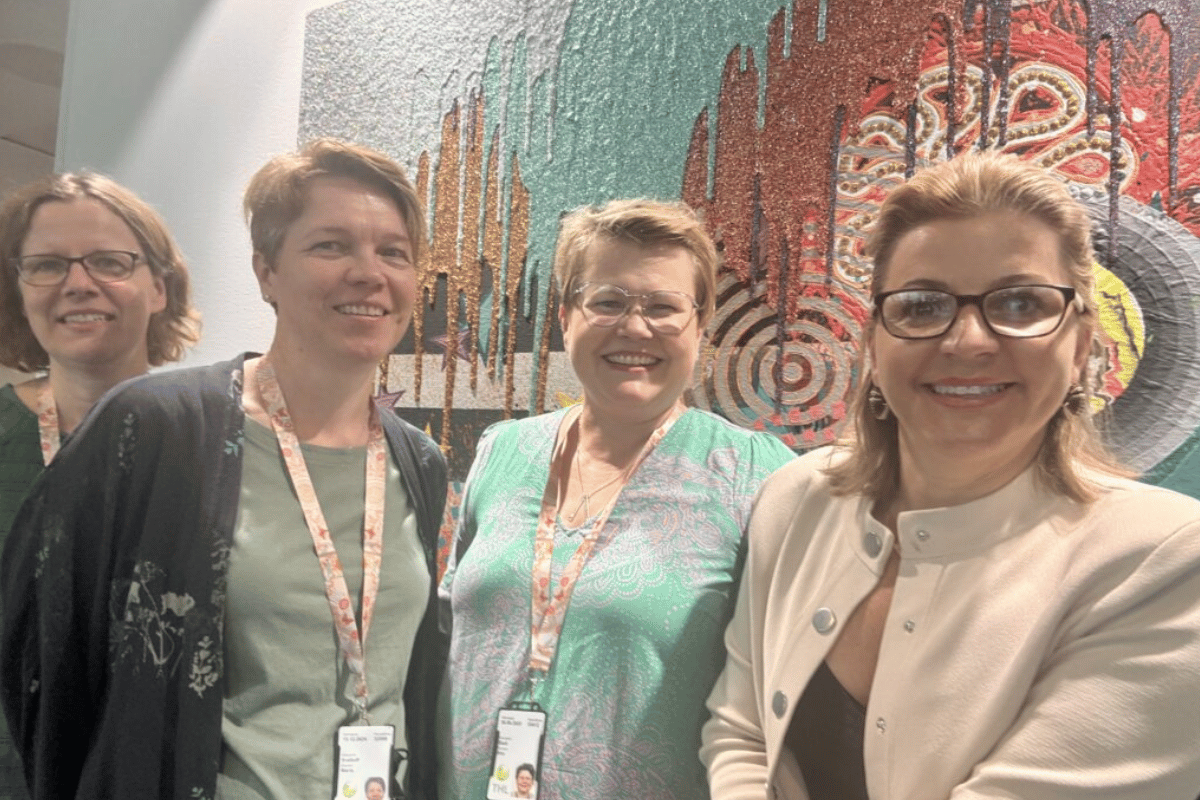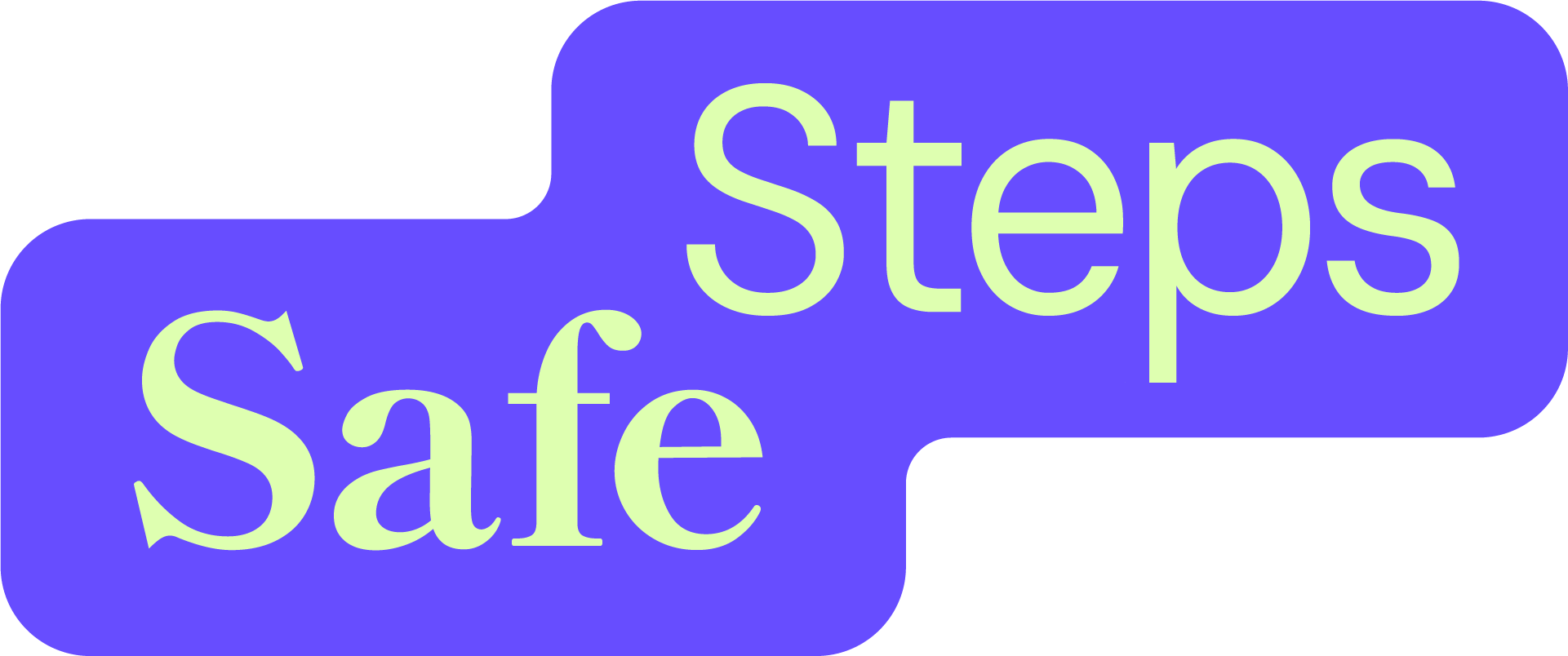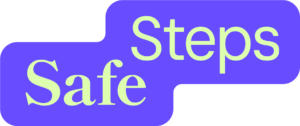As my Churchill Fellowship travels come to an end, in this blog I wanted to share some of the progressive refuges that I saw in Europe. That included The Orange Houses in The Netherlands and the Finnish shelter system.
The Orange Houses
The Orange House model in The Netherlands is somewhat like our Safe Steps Sanctuary model, in that it provides intensive wrap-around support.
Where it’s different is that it caters to all genders, sexes and sexualities and has really strong support for children and young people. The model includes youth support workers, social workers, psychological support, income support and legal assistance for things such as arranging a divorce and police support. The model has been going for 15 years, iterating and all refuges across The Netherlands are moving toward this model.
At their core site in Amsterdam they have 85 units, each an individual apartment with a further 38 soon to come online. (Interestingly, this number is fairly consistent with the numbers indicated by the Istanbul convention, which establishes a baseline of the number of shelter beds as a proportion of the population – 1/10,000.) All are hidden in plain sight. This is a conscious decision as their fundamental belief is that domestic violence is a big issue and you should not hide it, or the people affected by it. The shelter needs to be safe but also open. In Amsterdam, they’ve done that by setting it in the city, with clear view of what it is and that it’s there to provide help. Interestingly, they have seen fewer incidents with people using violence than when the site was not disclosed.
Seven units are currently dedicated to male victims, as many younger homosexual Islamic men are experiencing honour related violence and they are seeing more older male victims. Many nationalities (46 at the time I met them) are supported, with especially high volumes on the largest site. Despite this, there are very few issues between residents within the facility.

The Finnish system
The entire Finnish shelter system is managed by THL, a Government Department based out of the administrative branch of the Ministry of Social Affairs and Health.
THL works on the concept of what they call a competence cluster to assist the prevention of violence. A big focus of their work is research on tools and on understanding violence. They were very open, as so many have been on my Fellowship travels, to sharing their work. They are responsible for funding shelters, as well as monitoring and evaluating them. THL also oversees the support and coordination of structures and services, including training, events and tools used in the shelter service.
There are 29 shelters across Finland, each with no more than 20 units (common kitchen areas but each has their own bathrooms), providing 235 family places. While there is one shelter specifically for women, all other shelters are open to all sexes, genders and sexualities, although the ratio is usually 90% female to 10% male. Interestingly, there were no concerns about this mixed living arrangement. Services are delivered by 25 service providers and there is a consistent approach to support in each place. Together, they support around 3,000 adults and 2,250 children annually.

The locations are also public, all bar one. Anyone fleeing violence, regardless of their gender or sexuality, can go straight to a shelter, referred from a hotline, or simply turn up at the door. As they have followed the Istanbul Convention, there are always vacancies and so no one is turned away. They never use hotels. People stay as long as they need to in the shelter, but the focus of services is supporting those in crisis. On average, people stay 19 days and, as there is no housing crisis in Finland, they can exit to normal accommodation.
It was interesting to learn that they do not move clients as often as we do, where people go from emergency to refuge to housing. In Finland, people fleeing violence go to one location and stay there, before moving to their own places.
They use a process called S’Suojass (‘insafe’) method to assess children and young people, which is based on a Swedish model of interviewing. The method is designed to systematically assess and compile information on risk and safety factors related to children. They have developed some great resources, co-designed with those who have lived experience, to help children make sense of what is happening in relation to their family. However, like most groups I’ve met, they identified the need for more materials for older children and different support to address the challenges they face in leaving home or staying with friends.
Both of these models have given me so much food for thought. I hope that you too have found this interesting. If there’s anything that has particularly piqued your interest, don’t hesitate to get in touch.
Meanwhile, I have begun to synthesise all the insights and learnings from the last three months and look forward to sharing them with you.
Chelsea





